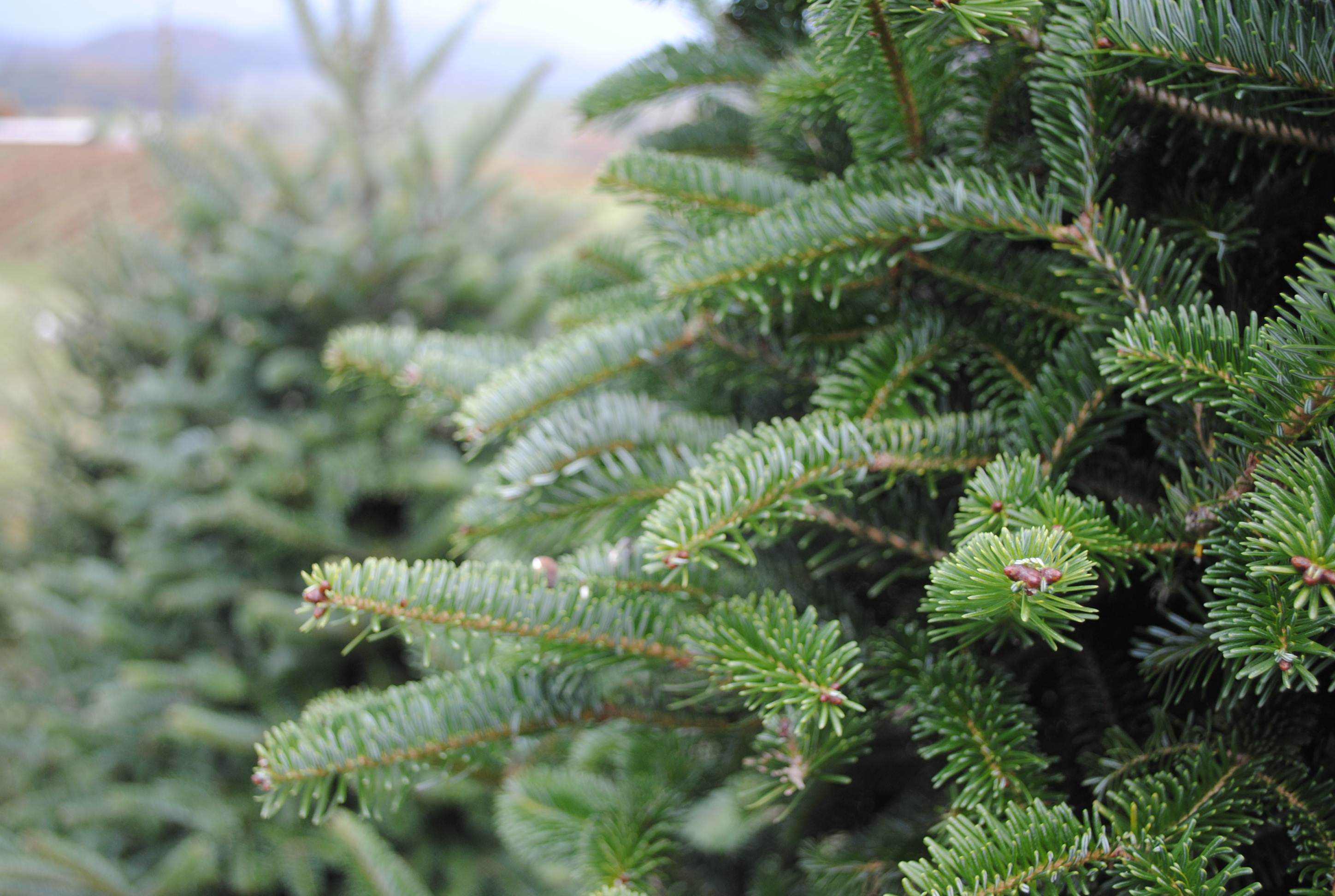Americans purchased $249 million worth of Christmas trees from 2,700 farms in 2009, according to the Agricultural Marketing Resource Center. That number was down from $384 million worth of Christmas trees from 13,374 farms in 2007.

That year fell within a dark time for the U.S. economy.
“It’s really pretty simple,” Hundley said. “Between 2006 and 2008 (the economy) entered a recession. Growers didn’t plant trees as they would normally because they weren’t harvesting trees normally. They can’t replant if they don’t have the space to do so.”
The shortage also means shoppers could pay between 5 and 10 per cent more per tree.
Christmas trees need to grow for between eight and 10 years before they are ready to be cut, meaning growers must wait a long time before being paid for their work.
“We don’t cut these trees out of the forest,” Hundley said. “They mostly come from small, family farms, who only plant as many trees as they think they can sell. And they’re trying to predict 10 years into the future, so you can imagine how hard that is.”
How long the shortage will last is up for debate.
GWDForestry, a land management organization, estimates it could be 2025 before the Christmas tree supply can satisfy the demand.
But Hundley doesn’t agree with that assessment.
“We’re expecting the balance between supply and demand to lean in the direction of supply within two to three years,” he said. “But we need a good economy, too. If the economy is good, we’ll have a large demand and the supply will have to come around to meet it.”
The top five Christmas-tree producing states in 2012 were:
- Oregon – 6,446,506 trees
- North Carolina – 4,288,563
- Michigan – 1,739,538
- Pennsylvania – 1,028,888
- Wisconsin – 611,387